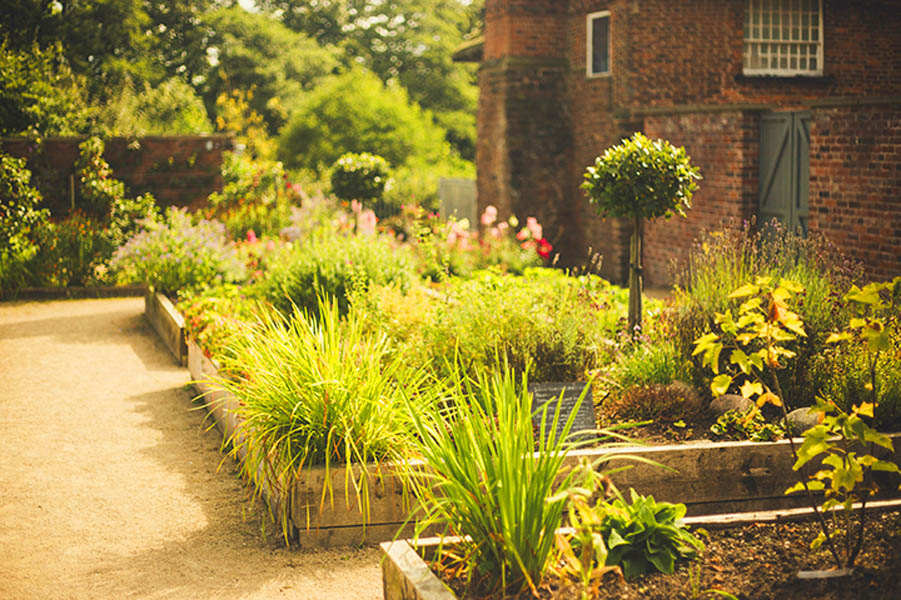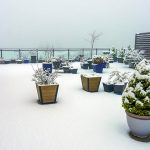Winter isn’t just a season of waiting. It’s a time of unseen work, a season where the soil rests, recharges, and—if treated right—prepares for an explosive rebirth in spring. Ignore it, and you’ll be fighting compacted earth, depleted nutrients, and a sluggish start when the frost fades. But nurture it? You’ll have soil so rich and ready that plants practically leap from the ground.
The secret to a thriving spring garden starts beneath the snow.
Shield the Soil from Winter’s Wrath
Bare soil in winter is like an open wound. Harsh winds steal topsoil. Rain and melting snow wash away nutrients. Freezing and thawing compact the ground, suffocating vital microbes. Unprotected soil is soil at risk.
The fix is simple: cover it.
- A thick layer of mulch, straw, or shredded leaves locks in moisture and regulates temperature.
- Cover crops like winter rye or clover act as a living shield, preventing erosion and restoring nutrients.
- Even old plant debris provides insulation, feeding the soil as it breaks down.
Winter isn’t a time to leave soil exposed. It’s a time to wrap it up, tuck it in, and let it rest undisturbed.
Feed the Soil, Even in the Deep Cold
The garden may look asleep, but underground? Life still hums. Earthworms burrow. Microbes break down organic matter. The soil never truly stops working.
Give it something to digest.
Spreading compost, aged manure, or even crushed leaves over garden beds keeps microbial life active. Over the winter months, these materials break down, enriching the soil in time for planting. It’s a slow release of nutrients, a silent investment in the next growing season.
Hands Off—Let Nature Do the Work
Not every problem needs fixing. Not every bed needs digging. Winter soil thrives best when left alone.
Disturbing frozen ground breaks up its natural structure, exposing roots and microbes to harsh conditions. It’s tempting to rake, turn, or prep beds on mild winter days, but this can do more harm than good. Instead, trust the process. When the thaw begins, gentle aeration can help restore oxygen flow—no need for aggressive intervention.
Manage Moisture Wisely
Winter tricks the mind. Snowfall creates the illusion of excess moisture, but dry spells still happen, leaving the soil brittle and depleted.
If there’s no snow cover and the ground isn’t frozen, an occasional deep watering prevents soil from drying out completely. But the opposite is just as dangerous—too much water leads to soggy, airless soil, inviting rot and disease.
Raised beds, smart grading, and proper drainage channels keep moisture in balance, ensuring that when spring arrives, the ground is neither cracked nor drowning.
Healthy Soil, Thriving Garden
Spring doesn’t start with the first bloom. It starts now, beneath the surface, in the quiet months when everything seems still. A garden’s foundation is its soil. Treat it well in winter, and it will return the favor tenfold when the growing season begins.
Snow-covered or not, your soil is alive. Give it what it needs, and come spring, you’ll see the rewards pushing up through the earth, stronger and richer than ever.



